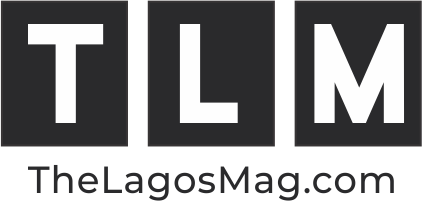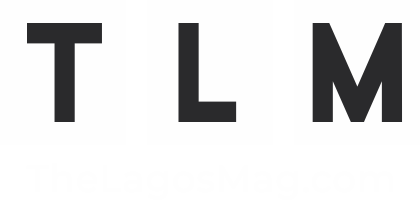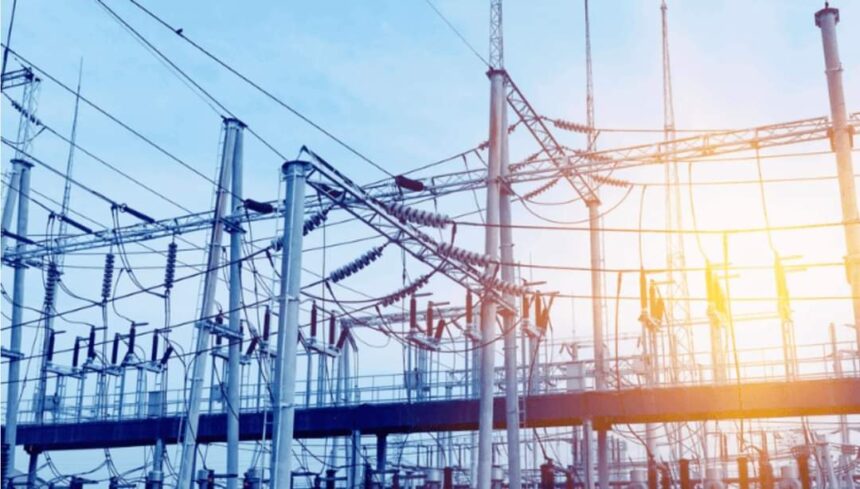The eleven electricity distribution companies (DisCos) in Nigeria’s electricity supply industry have amassed N1 trillion in revenue in 2023, representing the highest collection recorded in the period in the past ten years.
This development marks a pivotal moment in the sector, highlighting the growing significance of the electricity distribution industry in the country.
The recent electricity report from the National Bureau of Statistics (NBS) discloses a revenue of N294.95 billion in the fourth quarter of 2023, contributing to a cumulative total of N1.07 trillion for the full year.
In 2022, the revenue of DisCos reached N842.42 billion, according to the Nigerian Electricity Regulatory Commission (NERC). Information extracted from NERC indicated that the combined revenue collected in that period by all DisCos witnessed a substantial 91 percent growth, rising from N442 billion in 2018.
Analysts say the notable increase in revenue for DisCos can be attributed to advancements in metering technology monitoring, enhanced regulatory oversight, a tariff hike, substantial infrastructural investments, a growing customer base, and improved collection efficiency.
“This development has been facilitated by two key factors,” said Pedro Omontuemhen, Partner, West Market Area, Energy, Utilities & Resources Leader at PricewaterCooper (PwC). “These factors include enhancements in customers’ onboarding processes and the mitigation of commercial and technical losses.”
According to Omontuemhen, the momentum behind this positive trend will only continue if Distribution Companies (DisCos) persist in enhancing power supply and minimizing losses.
“To sustain this progress, DisCos must ensure the comprehensive connection of all customers and the reduction of both technical and commercial losses. Achieving these goals will result in a continual increase in their revenue numbers,” he said.
The Aggregate Technical, Commercial, and Collection (ATC&C) Loss for the year exhibited a notable improvement of 8.9 percent from 2022, averaging 41.4 percent in the initial three quarters of 2023.
ATC&C loss encompasses billing losses incurred by the DisCo due to its inability to bill 100 percent of delivered energy to consumers (technical and commercial losses), along with collection losses arising from the DisCo’s inability to collect 100 percent of the invoices issued to consumers.
The Commission highlighted the significance of ATC&C loss as a critical performance parameter for tariff determination, representing the efficient losses that DisCos are permitted to recover from customers.
Nine tech firms get tax holiday for N159bn investments
Healthy diet eludes more Nigerians as price doubles in one year
For James Akwaji, a professional in the energy industries, the three key factors of an uptick in the estimated number of customers, a rise in the adoption of prepaid meters among customers, and enhanced collection efficiency are driving the revenue increase.
“This resulted in a higher recovery of funds, approaching or matching the amount billed to customers,” Akwaji said.
As of September 30, 2023, the Nigerian Electricity Supply Industry (NESI) has metered 5,707,838 customers out of the registered total of 12,825,005.
Throughout the third quarter of 2023, 148,389 end-user customers were successfully metered. “Ikeja, Abuja, and Ibadan DisCos led in meter installations during this period, accounting for 27.35 percent, 20.78 percent, and 17.53 percent of the total installations, respectively.
“By the end of the third quarter of 2023, the metering rate witnessed a 0.35 percentage point increase from the previous quarter, reaching 44.51 percent.
“Five DisCos demonstrated improvements in the number of meter installations, with Benin and Abuja leading in progress,” NERC said.
However, Yola and Eko experienced the most significant decline in meter installations during the third quarter compared to the second quarter of 2023.
According to NERC, the overall decline in the number of meters installed during this period (-18.04 percent) can be attributed to Meter Assets Providers (MAPs) facing challenges in procuring meters due to a substantial deviation between the macroeconomic indices used to determine allowed prices under MAP and market realities.
Addressing this issue, the Commission took action to ensure fair and reasonable pricing of meters for both MAPs and end-user customers.
The Commission stated, “To ensure the fair and reasonable pricing of meters to both MAPs and end-use customers, the Commission reviewed the prices of MAP meters based on the prevailing economic realities vide the Order NERC/2023/020 effective September 6, 2023.”


